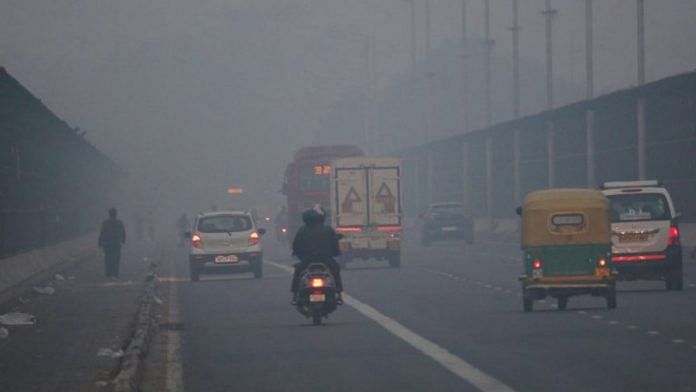Vienna: A toxic-dust cocktail that has engulfed large swathes of India since October isn’t expected to lift until next month, prolonging the exposure of people to emissions that can dramatically reduce their lifespan.
This week’s forecast by the Copernicus Climate Change Service follows a new study by scientists at Harvard University showing that some 2.5 million Indians die annually from air pollution. Smog season recurs yearly in cities like New Delhi as burning farmland combines with fossil fuel exhaust, enveloping urban centers during cold months when demand for heat is high and air circulation is muted.
“This winter haze could potentially continue until the spring when increased temperature and changes in the weather will help to dissipate the pollution,” said Mark Parrington, a senior scientist at Copernicus. The danger arises from “activities such as traffic, cooking, heating and crop stubble burning which are able to accumulate over the region due to topography and cold stagnant conditions.”
The Harvard study published this month in Environmental Research concluded that previous estimates of deaths caused by long-term exposure to airborne toxic particles were too low.
“Often, when we discuss the dangers of fossil fuel combustion, it’s in the context of carbon dioxide and climate change and overlook the potential health impact of the pollutants co-emitted with greenhouse gases,” author Joel Schwartz said in a statement. “By quantifying the health consequences of fossil fuel combustion, we can send a clear message to policymakers and stakeholders of the benefits of a transition to alternative energy sources.”
Populations in Lahore, Dhaka and Kathmandu are being similarly impacted by the smog, according to Copernicus, which estimates that chronic exposure to pollution can reduce lifespans by two years in the worst-impacted cities. —Bloomberg
Also read: How Saharan dust from Africa has turned skies orange & ‘Martian’ red in Europe






